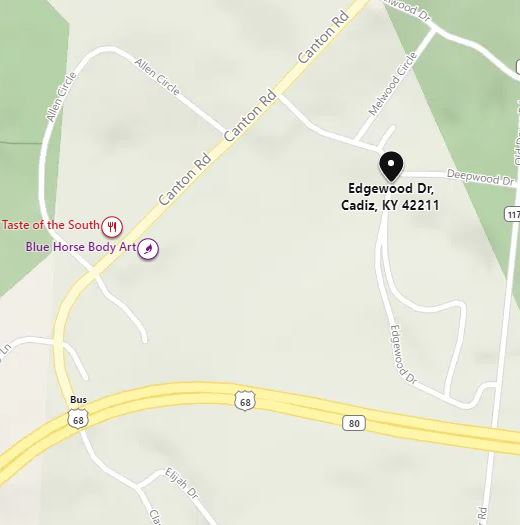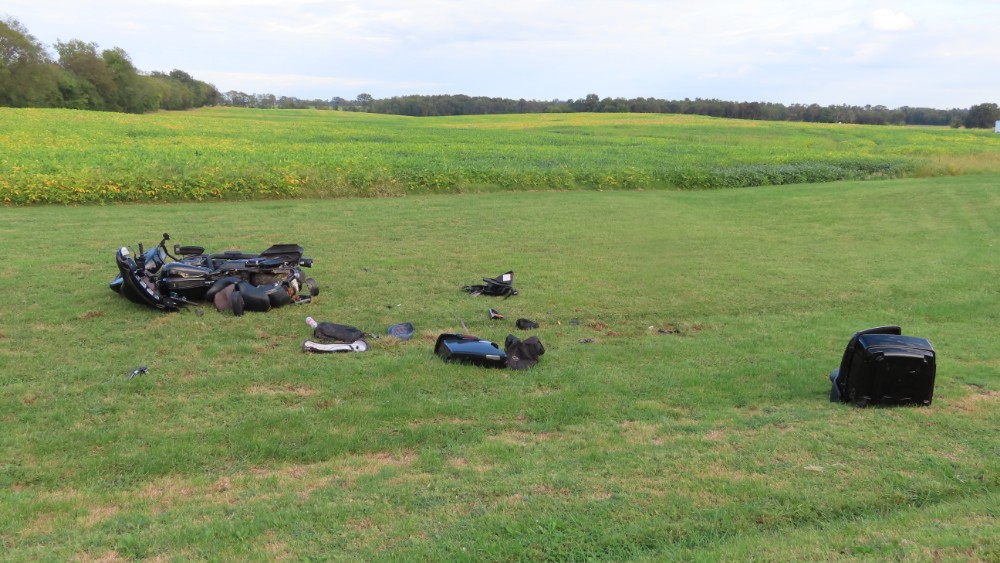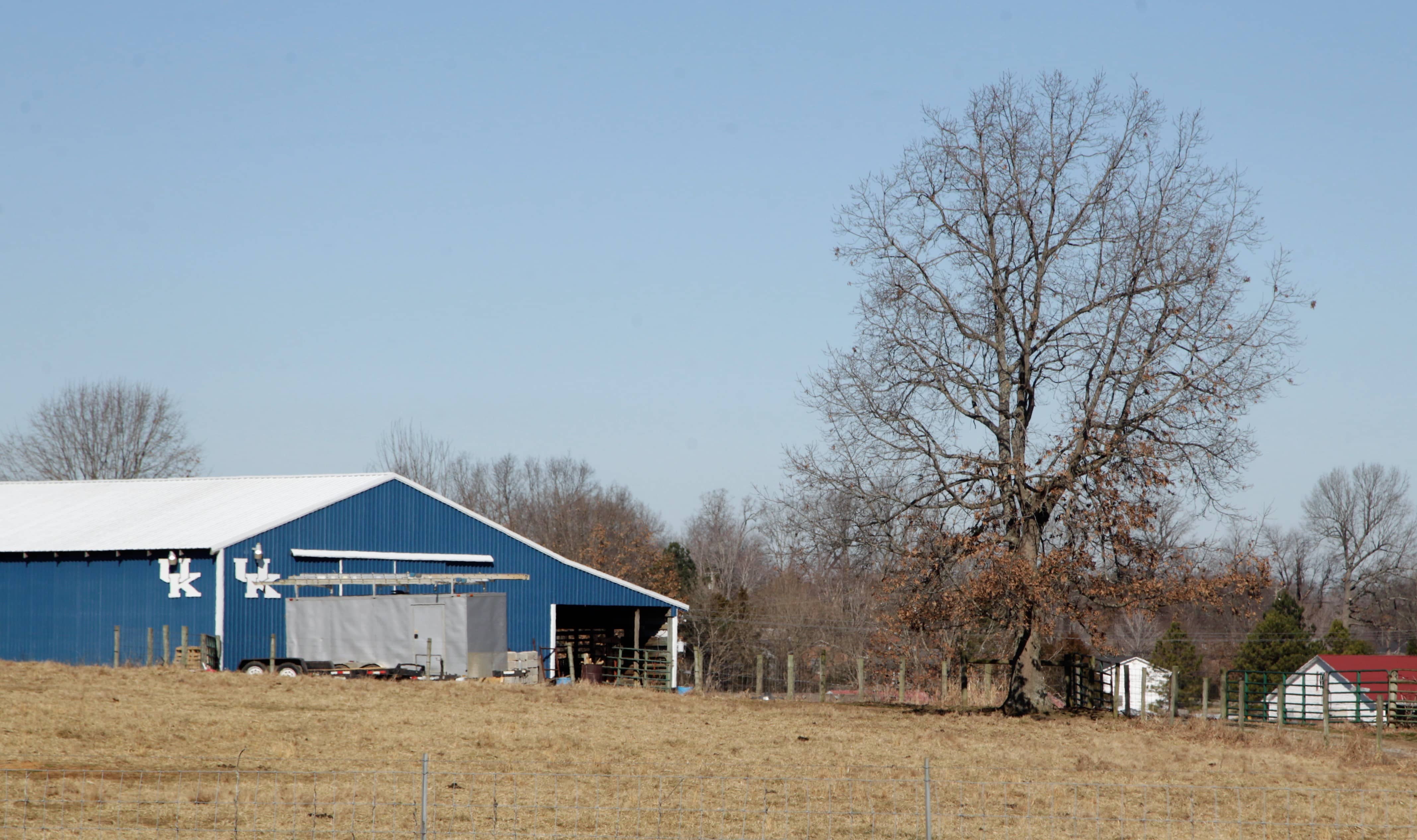
For years, the city of Cadiz has slowly — but surely — started to see new development past the western banks of Little River, up the hill past Hamtown, behind Liberty Point Baptist Church and out to Hwy. 68/80.
Justin Reynolds and his company, Reynolds Construction, could soon be a part of this unprecedented growth.
During last week’s Cadiz-Trigg County Planning Commission, Reynolds and a team of developers — Matthew Clark as surveyor, Frank Williams as city/county engineer, Paul Cloud as engineer, and Calvert City Water Utility Engineer Roger Colburn — presented all-but-completed plans for “Stonegate,” in what would be a 46-plot plat and subdivision located near the 68/80 Business Loop.
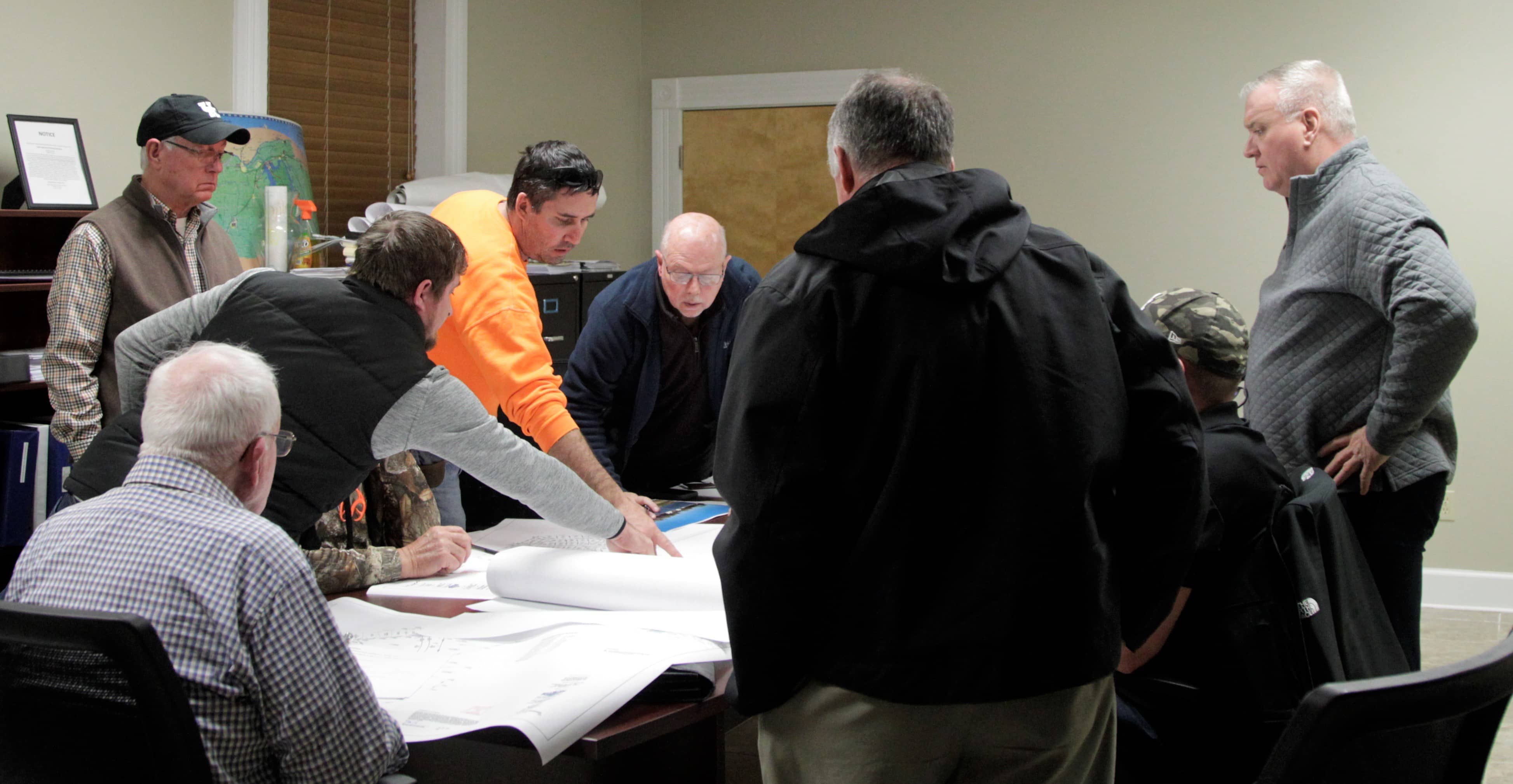
Reynolds noted the homes he wants to construct would be 3-bedroom, 2-bathroom and 4-bedroom, 2-bathroom abodes between 1,600-to-2,400 square feet, with underground utilities and a minimum of two-to-three subdivision entries for trash pickup, school busses and general traffic.
But at the true heart of the lengthy roundtable discussion: the construction of a septic lagoon, in what would be a first for Trigg County if approved.
Common in subdivisions across the country, Colburn said the eight-to-10 plots already tested have poor permeation — which would likely lead to a higher chance of septic tanks failing.
Reynolds noted that he tested his property — once owned by J.B. Moore and Billy Earl Sumner — based on a tip from Bob Brame, who warned him that septic tanks had been failing in the deep clay soil of nearby Allen Circle.
This proved prudent. Colburn stated that an 85,200 square-foot lagoon in this heavy clay farmland could be accompanied by dual-chamber septic systems for each property. With a filter chamber capturing solid waste at each site, Colburn added that the remaining water would be “graywater,” and that the liquid refuse would run to the lagoon via gravitation and evaporate with little-to-no odor issues through wind and sunlight.
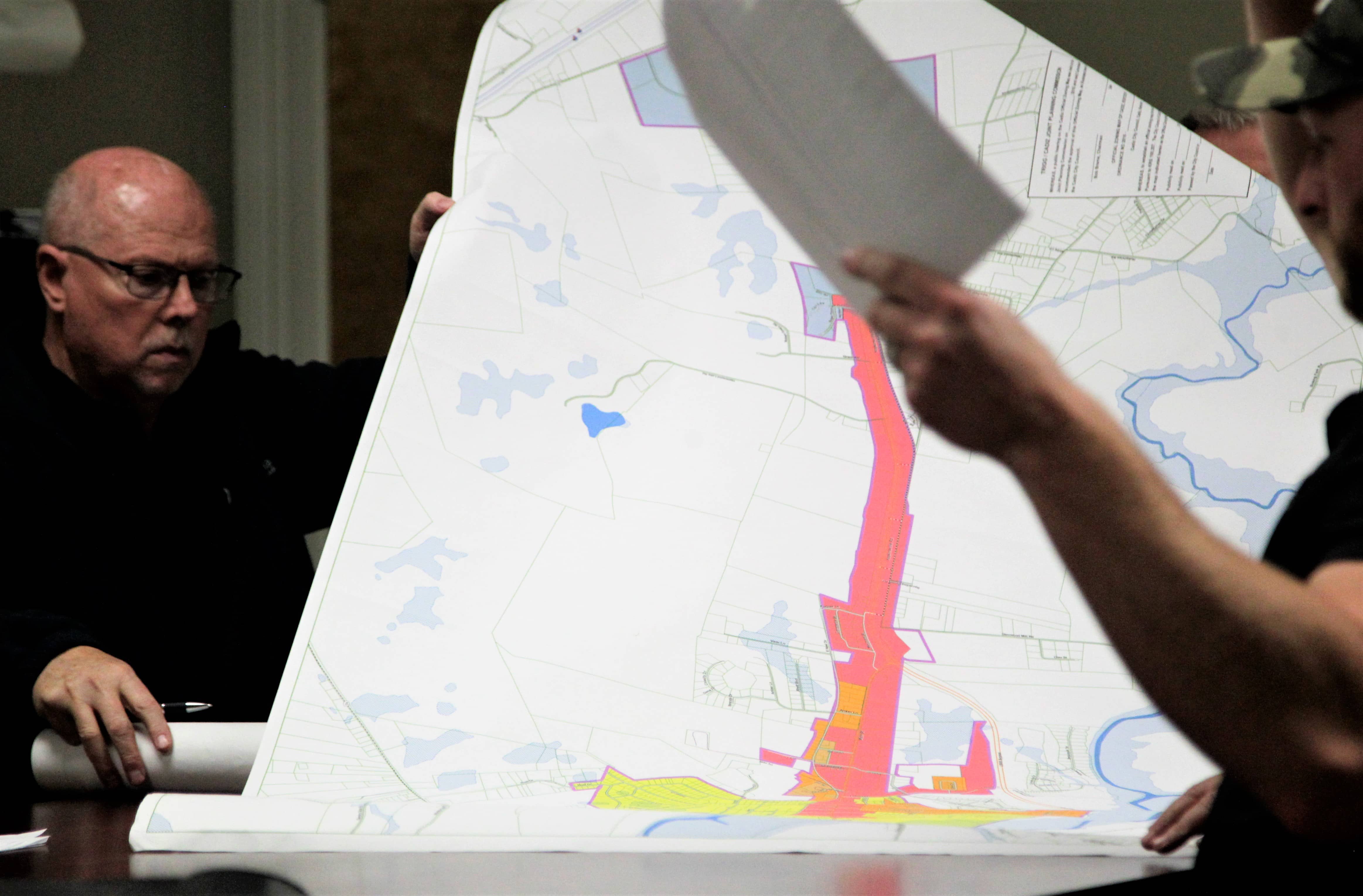
Reynolds iterated that the lagoon — while not swimmable or fishable — could become a water feature, would eventually be mowed consistently by an agreed-upon homeowners association, and would help control local drainage issues.
It’s also the main skeleton of his project.
Cloud also noted that these lagoons exist and are successful in Caldwell, Marshall and Graves counties, where red clay commands part of the rural soil profile.
Reynolds said he would do so by the Commission’s next meeting, bringing along with him further discussions with county officials about future roads in the subdivision.
No action was specifically taken by the Commission, but Reynolds and his team got the nod to continue seeking compliance and to fully develop the preliminary plat and its surrounding documentation. Looking to get started immediately, Reynolds and Williams said the preliminary plat and full design is not ready for submittal — but is 75-to-80% complete.
